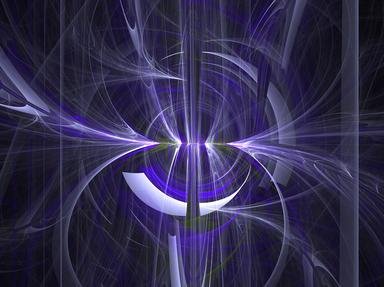Quiz Answer Key and Fun Facts
1. A ray of white light strikes a rectangular glass block normally. How many rays of light, and what colour, emerge from the block?
2. A ray of light strikes a plane mirror and the angle of reflection is noted. The plane mirror is then rotated through an angle of 30 degrees, such that there is an increase in the angle of reflection.
If the initial angle of reflection was 15 degrees, what will be the new angle of reflection, after rotation?
3. Which of the following prisms would be suitable for use in a periscope?
4. A specific mass of pure water is frozen to form completely transparent ice, in the shape of a lens. When forced underwater, the lens diverges light.
What is the shape of the lens?
5. Two monochromatic rays of light, one ray violet and the other red, travel from a vacuum into air. Their speeds change as a result.
What is the ratio of the speed of the violet ray to the speed of the red ray?
6. Which of the following mirrors is most suitable for using as a reflector in car headlights?
7. A person suffering from the ophthalmic disorder myopia is wearing spectacles with concave lenses. The transparent concave lenses are yellow in colour. This person looks at a picture of a yellow circle, a green square and a red triangle set against a blue background.
How does the picture appear to the person?
8. [1/f= 1/v - 1/u] is the mirror formula, which enables us to evaluate the focal length of a concave mirror.
9. A camera is focused on a distant object. The distance between the lens and the photographic film is equal to 'f'.
The camera must now focus on a nearby object.
What will be the new distance between the photographic film and the lens?
10. An object is placed 10cm away from the lens of a camera. The image formed is the same size as the object.
What is the focal length of the lens of the camera?
Source: Author
Rossell
This quiz was reviewed by FunTrivia editor
crisw before going online.
Any errors found in FunTrivia content are routinely corrected through our feedback system.

